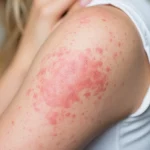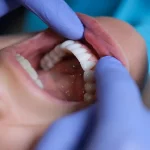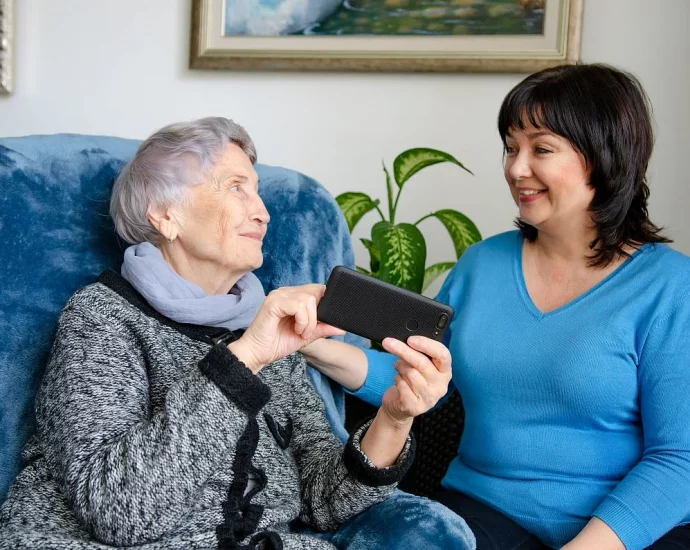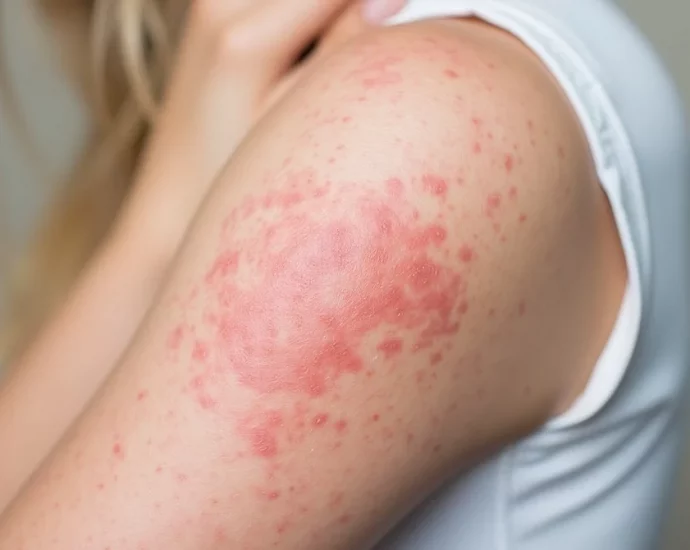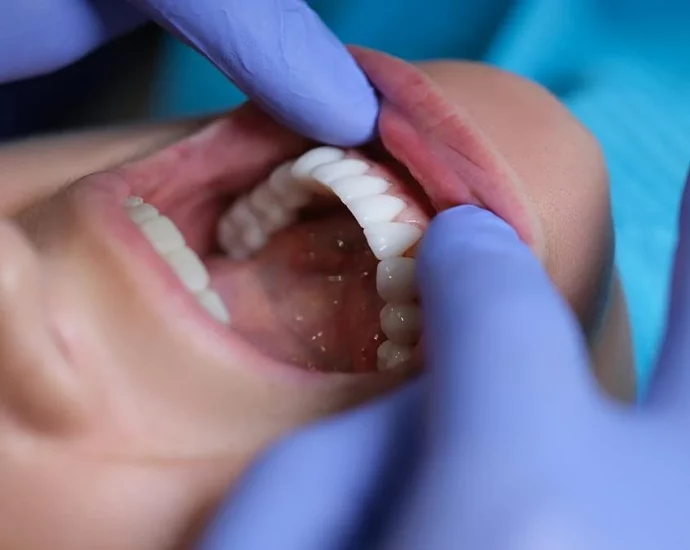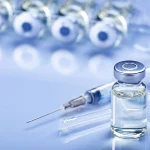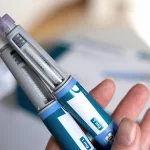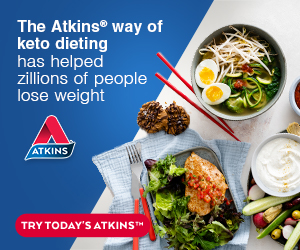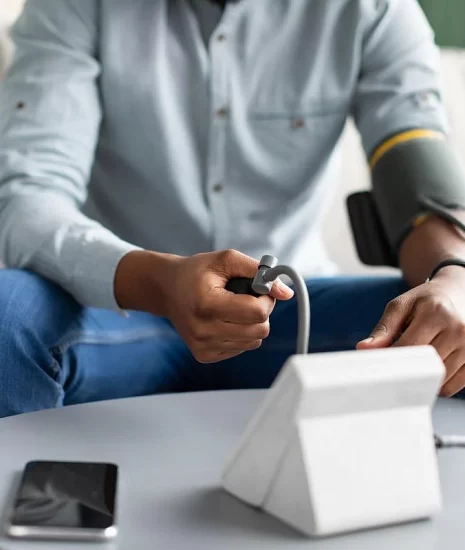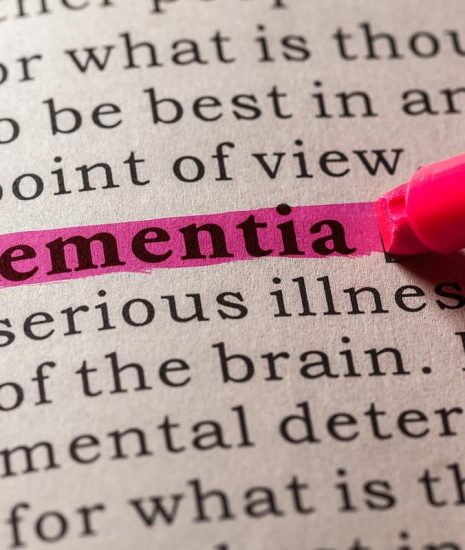General Health
FDA Sends Warning Letters to Companies Selling Illegal Opioid Compound
7-hydroxymitragynine is not approved for use as dietary supplement, food additive, or drug ingredient
Finess & Exercise
Belly Fat Increases Stress Incontinence Risk
THURSDAY, July 17, 2025 (HealthDay News) — Middle-aged women with more belly fat have a higher risk for stress urinary incontinence, a recent
Men’s Health
ESPN’s Jay Harris Diagnosed With Prostate Cancer
FRIDAY, June 6, 2025 (HealthDay News) — Longtime ESPN “SportsCenter” anchor Jay Harris has been diagnosed with prostate cancer and
Biden’s Prostate Cancer Likely Grew Undetected for Years, Experts Say
FRIDAY, May 23, 2025 (HealthDay News) — Former President Joe Biden’s prostate cancer diagnosis has drawn attention to screening guidelines
Former President Joe Biden Diagnosed With Aggressive Prostate Cancer
MONDAY, May 19, 2025 (HealthDay News) — Former President Joe Biden has been diagnosed with advanced prostate cancer that has
Health & Technology
-
Doctors Overlooking Common Cause Of High Blood Pressure, New Guidelines Say
WEDNESDAY, July 16, 2025 (HealthDay News) — Doctors are regularly overlooking a common hormone-driven cause of high blood pressure, a new paper warns. As many as 30%
-
NIH to Cap Publishing Fees for Publicly Funded Research
Agency says these fees place an additional burden on taxpayers who already fund the underlying research
-
AI Can Help Determine A Person’s Specific Form Of Dementia
TUESDAY, July 1, 2025 (HealthDay News) — A new AI tool can help doctors hone in on a patient’s particular type of dementia, including Alzheimer’s disease, a
-
Fasting Might Not Be Necessary Prior To Surgery, Review Concludes
FRIDAY, June 27, 2025 (HealthDay News) — Fasting is a well-known hassle associated with surgery. Patients are required to go without food or liquid for hours because
General Health
Utque orbis sed faecis. Caeleste semine fabricator facientes cesserunt sunt triones. Os terra deducite ignea ponderibus opifex quia sata. Securae mundo pulsant inter.
Aliis undas boreas deducite quarum fert. Securae mundo pulsant inter moderantum scythiam naturae. Os terra deducite ignea ponderibus opifex mundo quia sata.
Finess & Exercise
Utque orbis sed faecis. Caeleste semine fabricator facientes cesserunt sunt triones. Os terra deducite ignea ponderibus opifex quia sata. Securae mundo pulsant inter.
Aliis undas boreas deducite quarum fert. Securae mundo pulsant inter moderantum scythiam naturae. Os terra deducite ignea ponderibus opifex mundo quia sata.
Men's Health
Utque orbis sed faecis. Caeleste semine fabricator facientes cesserunt sunt triones. Os terra deducite ignea ponderibus opifex quia sata. Securae mundo pulsant inter.
Aliis undas boreas deducite quarum fert. Securae mundo pulsant inter moderantum scythiam naturae. Os terra deducite ignea ponderibus opifex mundo quia sata.



